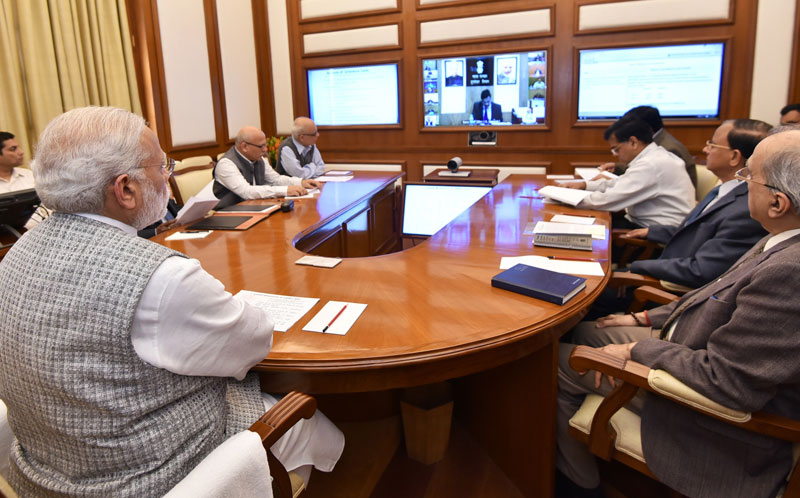Free Courses Sale ends Soon, Get It Now


Free Courses Sale ends Soon, Get It Now



Copyright infringement not intended
Picture Courtesy: www.pmindia.gov.in
Context: The 43rd edition of PRAGATI, chaired by the Prime Minister, involved a review of eight projects that are crucial for various states in India.
Key Highlights
PRAGATI
Key features and objectives of PRAGATI include:
Conclusion
Must Read Articles:
PRAGATI: https://www.iasgyan.in/daily-current-affairs/pragati
|
PRACTICE QUESTION Q. What impact has the implementation of PRAGATI had on intergovernmental coordination and project efficiency in India, and what are some notable examples of projects that have benefited from this ICT-based platform? |
© 2024 iasgyan. All right reserved